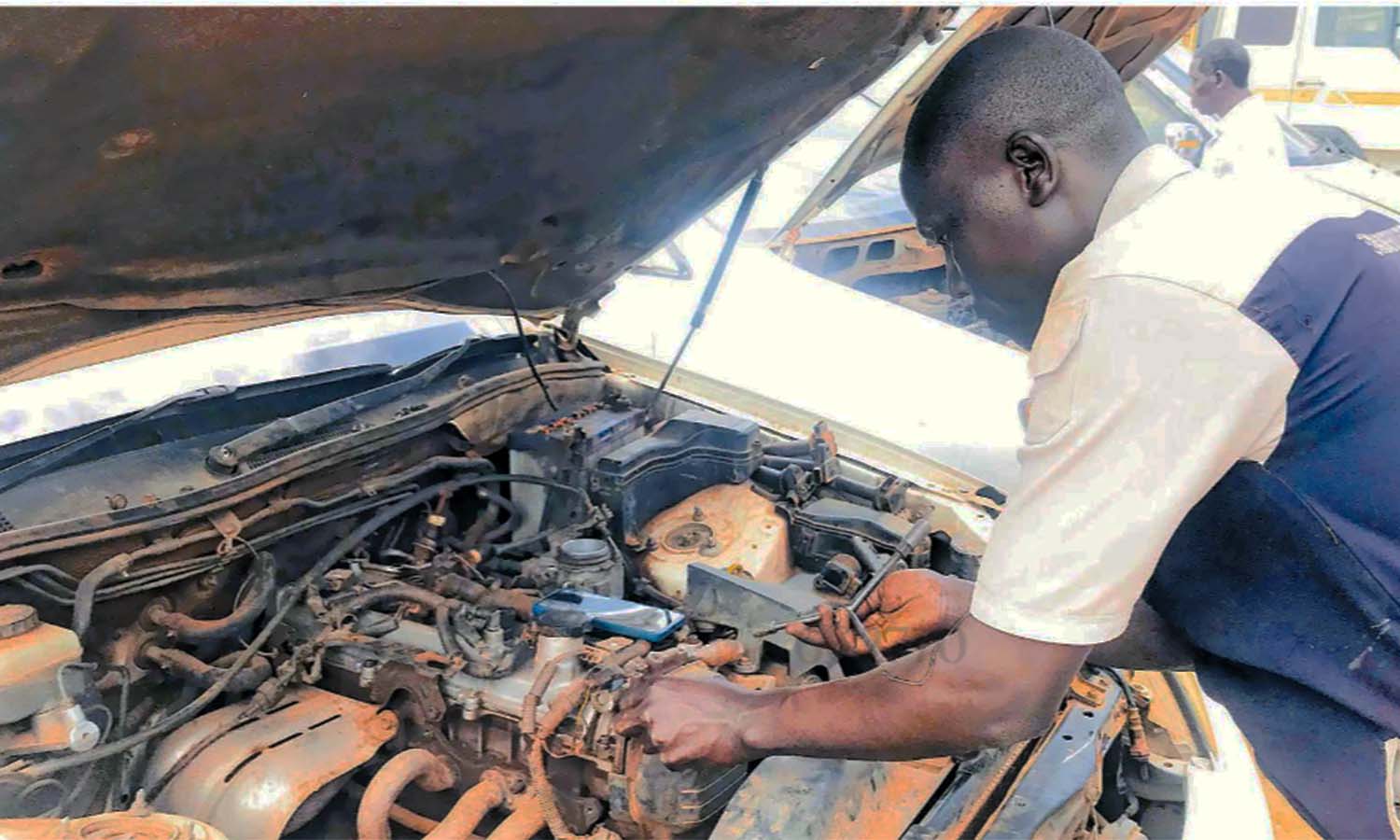Prime
The Jaguar XE ‘clings’ to the road

What you need to know:
This is Jaguar’s newest. Although they do have an SUV that is more or less ready for the showrooms; but still, this is Jaguar’s newest. It is also Jaguar’s smallest and cheapest.
“Clingy” is not a word that one would readily associate with any kind of car review, but “clingy” is the word that springs to mind as the Jaguar XE I sit in spears through tight turns in a picturesque mountain pass in Western Cape, South Africa.
The Jag is having its little neck wrung, and it is responding with barely a squeal.
What is it?
The Jaguar XE is a four-door, 5-seater saloon car with rear wheel drive. It is not the replacement for the old, defunct X Type, which was a Ford Mondeo in a fancy frock. This is a whole other car. However, it does occupy the slot previously darkened by the X Type. Motoring hacks have long memories and we do remember the wrong-wheel-drive X Type that seemed such a sellout for a company such as Jaguar.
The interior
Once you get inside, it is immediately obvious what car you are in. The design cues are heavy off the bigger and pricier XJ saloon and F Type thundercat, with the circular steering wheel boss, the thick-rimmed wheel, the rotary gear knob, the infotainment screen, the lovely detailing, the stitching on the leather. Wait a minute, what leather? Is that leather or is it not? It sure does look like leather.
Turns out it is not. Strike one for the XE. Jaguar’s focus on “premium luxury” does not allow them to skimp out on the fancy stuff. What they use instead is something that almost looks and feels like leather but is not leather.
There is further evidence of cost control in the use of plastics around the dashboard. Some of it is scratchy. While the overall appearance is actually quite good; more so if you spec your car up with the dark interior; the cheapskate build materials are a bit of a disappointment, much as they are not immediately obvious.
You will have to be looking really hard before you spot them. Avoid the lightly hued interior too, which could easily show stains and also be a bit misleading.
The car may be a five-seater, but it will not seat five, at least not without considerable discomfort. Four up is also a bit of a pinch: the rear armrest is intrusive into the elbow room of the flanking seats, which makes it less than ideal for use.
To further exacerbate the absence of upper body wiggle room is the rear legroom, which is, for lack of a better word, terrible. Even with the front seats shoved as far fore as they could possibly slide on their motorised rails, knees in the back seat will squash into the backs of the front seats.
This may force the rear seat occupants to sit a bit more upright than they would prefer to, but that too highlights yet another problem, there is no headroom.

Exterior
The bonnet has three strakes on it that resemble the claw marks of, well, a jaguar. The side profile reveals the compact dimensions and high window line that solidly place this car right in the firing line of the Mercedes Benz C Class and BMW 3 Series. The boot is short and stubby. All this makes the XE, for all intents and purposes, a small car.
Active engines
This may read like the absent-minded observations from a scatter-brained cynic; having started off by declaring the Jaguar XE as a good car that we like only to present it as a small car with a plastic dashboard, unusable rear seats and a stolen rump; but there is compensation for all these, admittedly minor, shortcomings from under the bonnet.
First up is the 2.0 litre petrol-powered DOHC 4-cylinder boosted by a single mono-scroll turbo.
This is the same engine we find in the Evoque, good for 240hp and 340Nm. You do not need insane revs to reach these figures: peak power is available at “only” 5500rpm. It will propel the car to 100km/h from a dead stop in 6.8 seconds; and on to a top speed of 250km/h.
Consumption figures are quoted as 7.5l/100km, which in Car Clinic-speak translates to 13.3km/l. Not bad at all, for a Jaguar.
The power is on a slightly higher shelf: 6500rpm, but is it ever lower whenever such numbers come up on a spec sheet? 100km/h comes up in a hair over five seconds and you will top out at 250km/h too, but this terminal velocity reeks of limitation to me. The economy may be comparatively worse at 12.3km/l (8.1l/100km in real world terms) but I seriously doubt if many will get these figures.
The supercharged car begs to be spanked, and spank you it will, meaning sub-10km/l outcomes are to be expected. None of it will be regrettable.
Sweetening the deal
Hands up if you think running a Jaguar will introduce economic strife to your otherwise carefully planned fiscal behaviour. Put those hands down and listen here very carefully, because this to you might seem as hard to believe as it was for me.
Buying a brand new Jag earns you a five-year/150,000km warranty. Yes, you read that right: for half a decade or the equivalent of three and a half trips around the Earth, your car will be under the protection of Jaguar Land Rover, well covered by a comprehensive warranty.
Would I buy one?
Yes I would. The XE really is a thing of beauty. The engineering in it is top-drawer, and the after-sales support is impressive to the point of being unbelievable.
Five years/150,000km is a long period of cost-free ownership, and the asking price is not even reflective of the give-with-one-hand-take-away-with-the-other type of mind-numbing contract detailing that certain dodgy manufacturers use to recoup some coins from such a sweetly outlandish offer.
This story was originally published in Daily Nation




